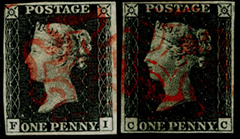 First Issues Collectors Club
of stamps and philatelic material
First Issues Collectors Club
of stamps and philatelic material
Home - Catalog - Categories - Index - Journal - Exhibits - Auctions - Forgeries - Join
 First Issues Collectors Club
of stamps and philatelic material
First Issues Collectors Club
of stamps and philatelic material
Home - Catalog - Categories - Index - Journal - Exhibits - Auctions - Forgeries - Join
| first issues > forgeries |
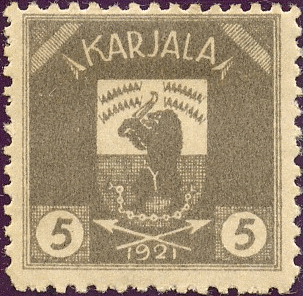 |
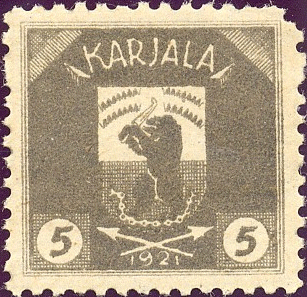 |
|---|
Karelia, now a dead country, was once an autonomous Soviet republic. In 1921 they issued their first stamps, a set depicting a "golfing bear standing on a bicycle chain". Shown here are two images of Karelia Scott #1. One is genuine, the other is a forgery. Can you tell them apart? Here are a few clues to help you decide:
New Republic
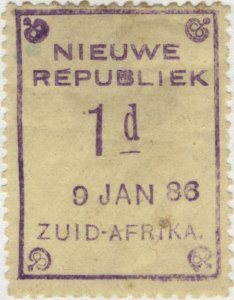 |
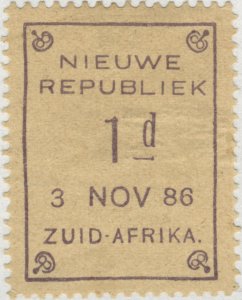 |
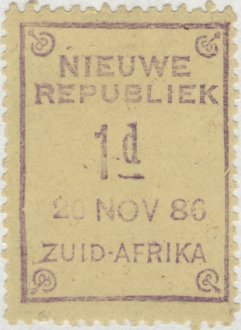 |
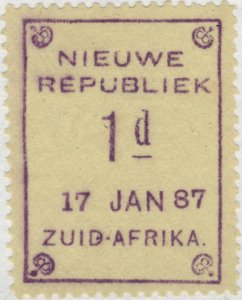 |
All genuine stamps have a common trait: the top bar of the first "E" in the word "REPUBLIEK" is "splintered". It looks like a small sliver or shaving, pointing up and to the right. This splinter has been worn as more and more printings were made (24 in case of the Scott #1), but is still visible in the last printing of Scott #1, dated "17 JAN 87". Another distinction is a curved end to the bottom horizontal bar of the second 'E' in REPUBLIEK.
Forgers may have reproduced this error, but at least we can say for sure that if the splinter is not present, you have a forgery in front of you.
| Page created 14 Nov 2015 | Page updated 3 Dec 2015 |